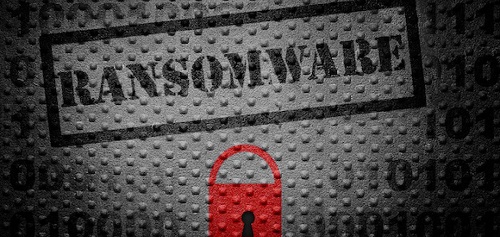Venafi, the inventor and provider of machine identity management, announces today the findings of a dark web investigation into ransomware spread via malicious macros. Conducted in partnership with criminal intelligence provider Forensic Pathways between November 2021 and March 2022, the research analyzed 35 million dark web URLs, including marketplaces and forums, using the Forensic Pathways Dark Search Engine.
The findings uncovered 475 web pages of sophisticated ransomware products and services, with high-profile groups marketing ransomware-as-a-service:
- 87 percent of the ransomware found on the dark web has been delivered via malicious macros to infect targeted systems.
- 30 different “brands” of ransomware were identified within marketplace listings and forum discussions.
- Many strains of ransomware being sold — such as Babuk, GoldenEye, Darkside/BlackCat, Egregor, HiddenTear and WannaCry — have been used in high-profile attacks.
- Ransomware strains used in high-profile attacks command a higher price for associated services. For example, the most expensive listing was $1,262 for a customized version of Darkside ransomware, which was used in the infamous Colonial Pipeline ransomware attack of 2021.
- Source code listings for well-known ransomware generally command higher price points, Babuk source code is listed for $950 and Paradise source code is selling for $593.
“Ransomware continues to be one of biggest cybersecurity risk in every organization,” said Kevin Bocek, vice president of security strategy and threat intelligence for Venafi. “The ransomware attack on Colonial Pipeline was so severe that it was deemed a national security threat, forcing President Biden to declare a state of emergency.”
Macros are used to automate common tasks in Microsoft Office, helping people to be more productive. However, attackers can use this same functionality to deliver many kinds of malware, including ransomware. In February, Microsoft announced a major change to combat the rapid growth of ransomware attacks delivered via malicious macros, but they temporarily reversed that decision in response to community feedback.
“Given that almost anyone can launch a ransomware attack using a malicious macro, Microsoft’s indecision around disabling of macros should scare everyone,” said Bocek. “While the company has switched course a second time on disabling macros, the fact that there was backlash from the user community suggests that macros could persist as a ripe attack vector.”
In addition to a variety of ransomware at various price points, the research also uncovered a wide range of services and tools that help make it easier for attackers with minimal technical skills to launch ransomware attacks. Services with the greatest number of listings include those offering source code, build services, custom development services and ransomware packages that include step-by-step tutorials.
Generic ransomware build services also command high prices, with some listings costing more than $900. At the other end of the price spectrum, many low-cost ransomware options are available across multiple listings — with prices starting at 99 cents for Lockscreen ransomware.
These findings are another example of the need for a machine identity management control plane to drive specific business outcomes including observability, consistency and reliability. In particular code signing is a key machine identity management security control that eliminates the threat of macro-enabled ransomware.
“Using code signing certificates to authenticate macros means that any unsigned macros cannot execute, stopping ransomware attacks in its tracks,” Bocek explained. “This is an opportunity for security teams to step up and protect their businesses, especially in banking, insurance, healthcare and energy where macros and Office documents are used every day to power decision making.”









